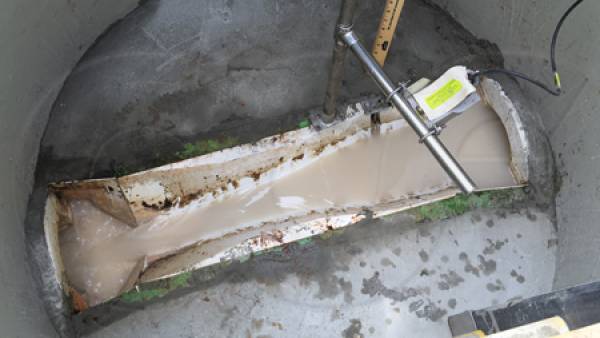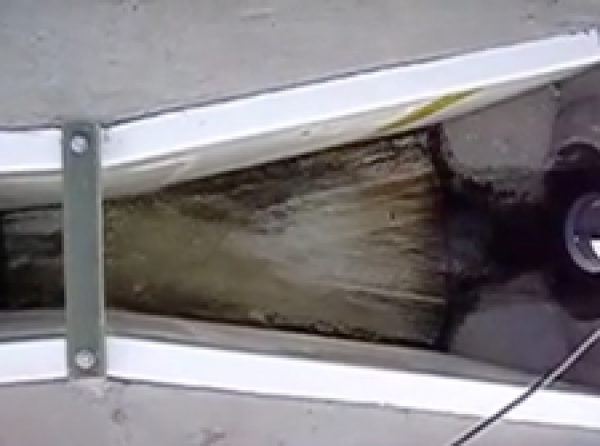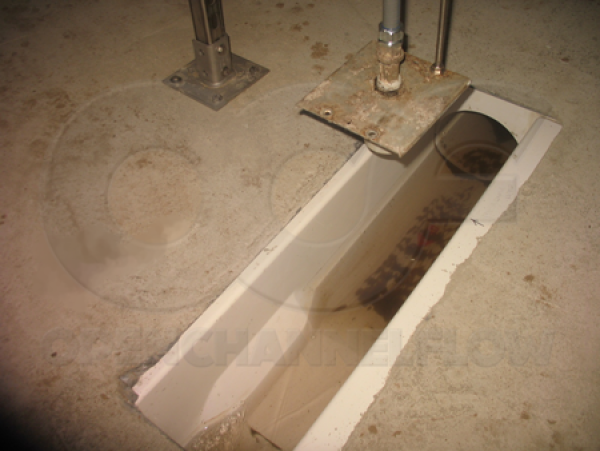This website uses a variety of cookies, which you consent to if you continue to use this site. You can read our Privacy Policy for
details about how these cookies are used, and to grant or withdraw your consent for certain types of cookies.
Measuring Pipe Flows with Cutthroat Flumes
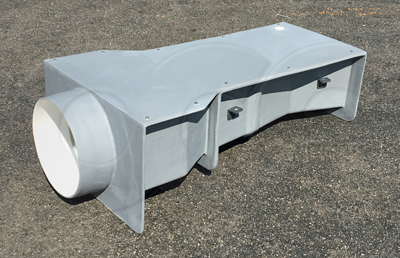 Like many flumes, the Cutthroat flume was originally conceived to measure agricultural / irrigation flows. Over time, however, the Cutthroat flume has been adapted to measure open channel pipe flows. Specially shaped transitions (end adapters) allow the Cutthroat flume to connect to inline piping through stub, flange, or caulking collar connections.
Like many flumes, the Cutthroat flume was originally conceived to measure agricultural / irrigation flows. Over time, however, the Cutthroat flume has been adapted to measure open channel pipe flows. Specially shaped transitions (end adapters) allow the Cutthroat flume to connect to inline piping through stub, flange, or caulking collar connections.
Like Trapezoidal flumes, the end adapters for Cutthroat Flumes are identical. The height / width / length is the same (as is the rise / fall into /out of the fluem) for each adapter.
Unlike Parshall flume end adapters where some amount of pipe elevation difference can be accomodated, the pipe stubs on a Cutthroat flume end are set at the same elevations. Any differences in line slope must be made up after the outlet pipe stub - after flow has left the flume.
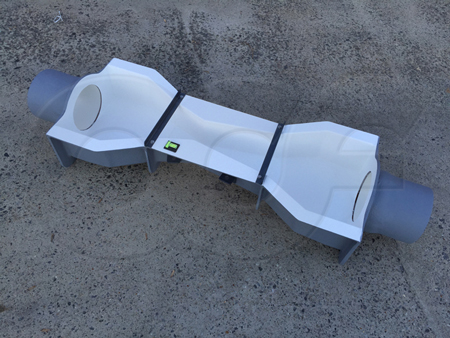
Cutthroat flumes with end adapters have been used to measure both above grade and below grade pipe flows.
For above grade installations Cutthroat Flumes can be free-standing (smaller sizes), incorporated into a fiberglass enclosure (smaller sizes), embedded in an earthen channel, or cast in concrete.
To measure pipe flows below grade, Cutthroat flumes be either cast into a concrete channel (for flows just below grade) or installed in a manhole or vault (for deeper flows).
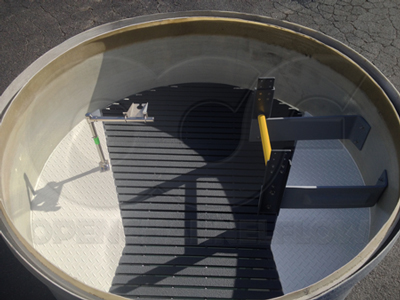
Like the other flumes offered by Openchannelflow, Cutthroat Flumes of all sizes can be factory integrated into a fiberglass Packaged Metering Manhole - providing a turn-key, ready to install, one-piece flow monitoring structure.
Related Blog Posts
Explore more insights in our blog.

LOCATIONS IN ATLANTA, GA & BOISE, ID


